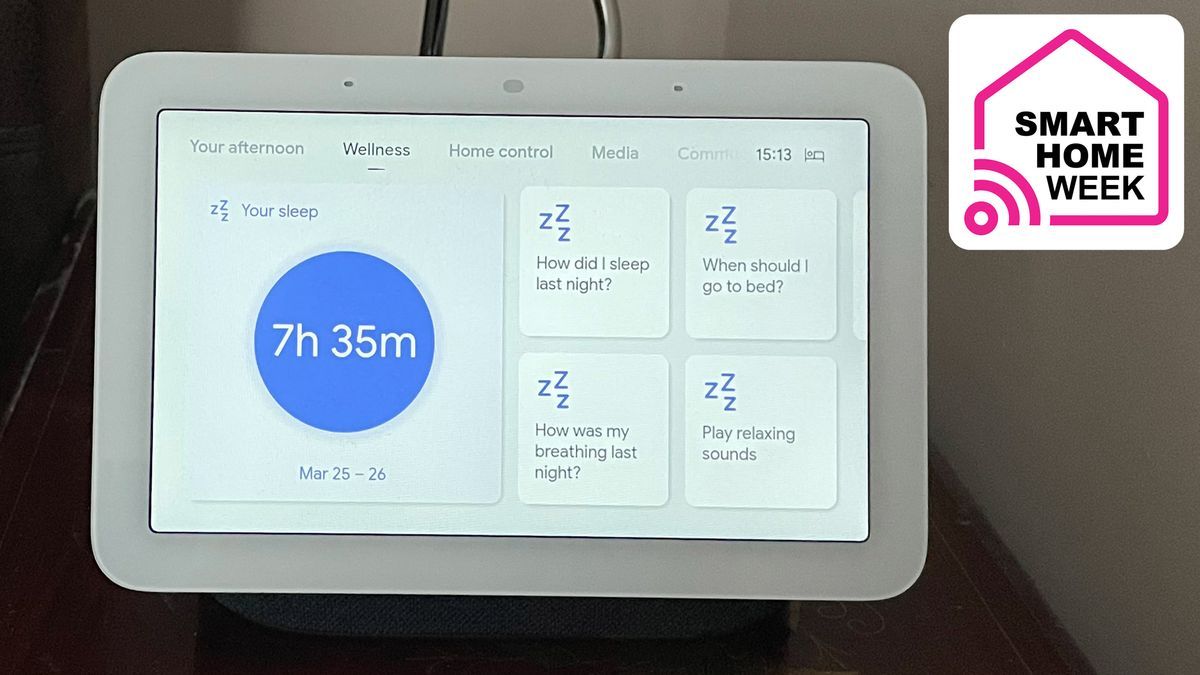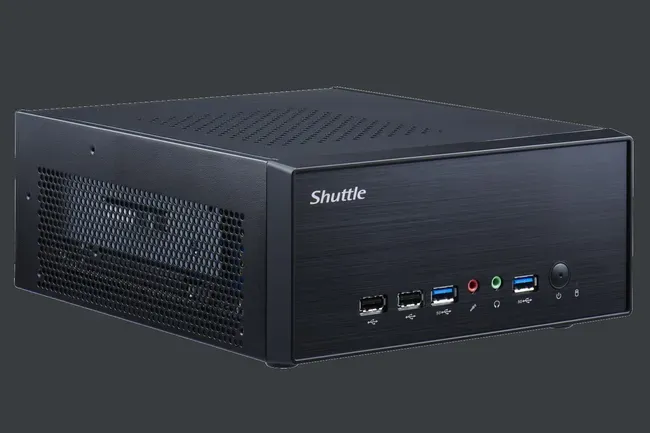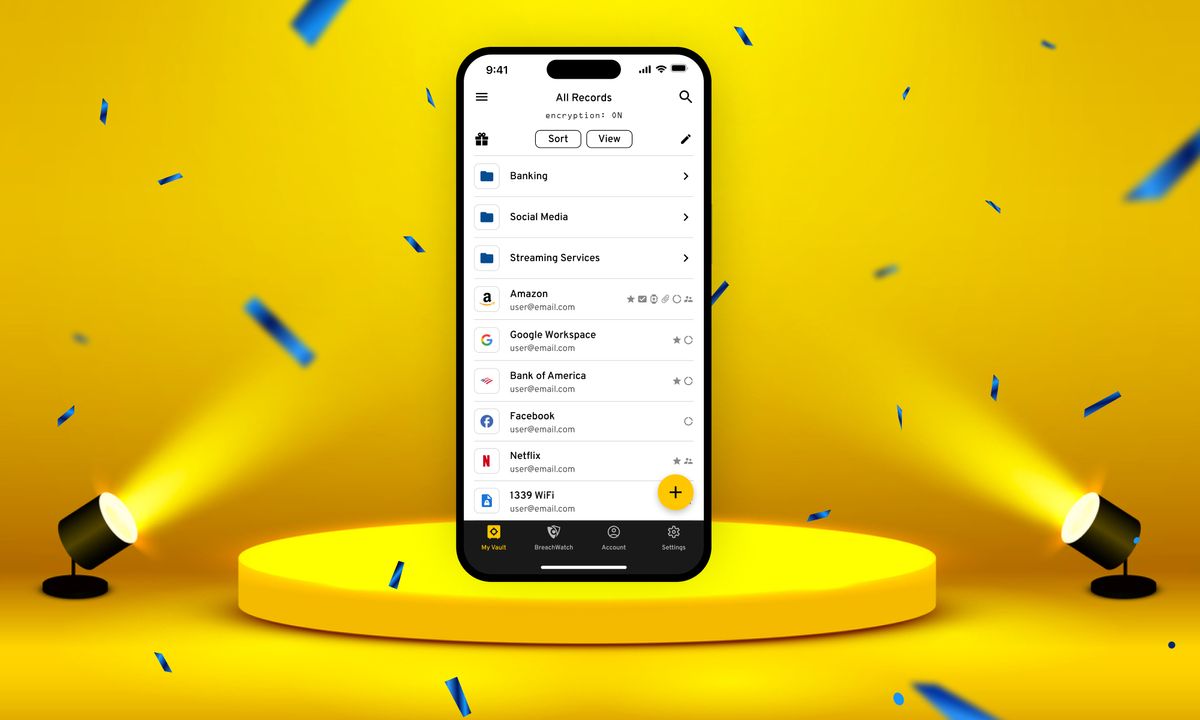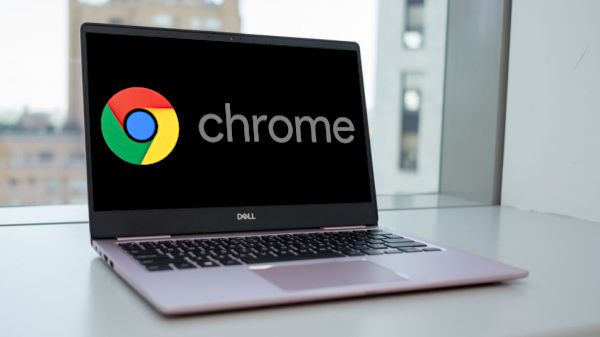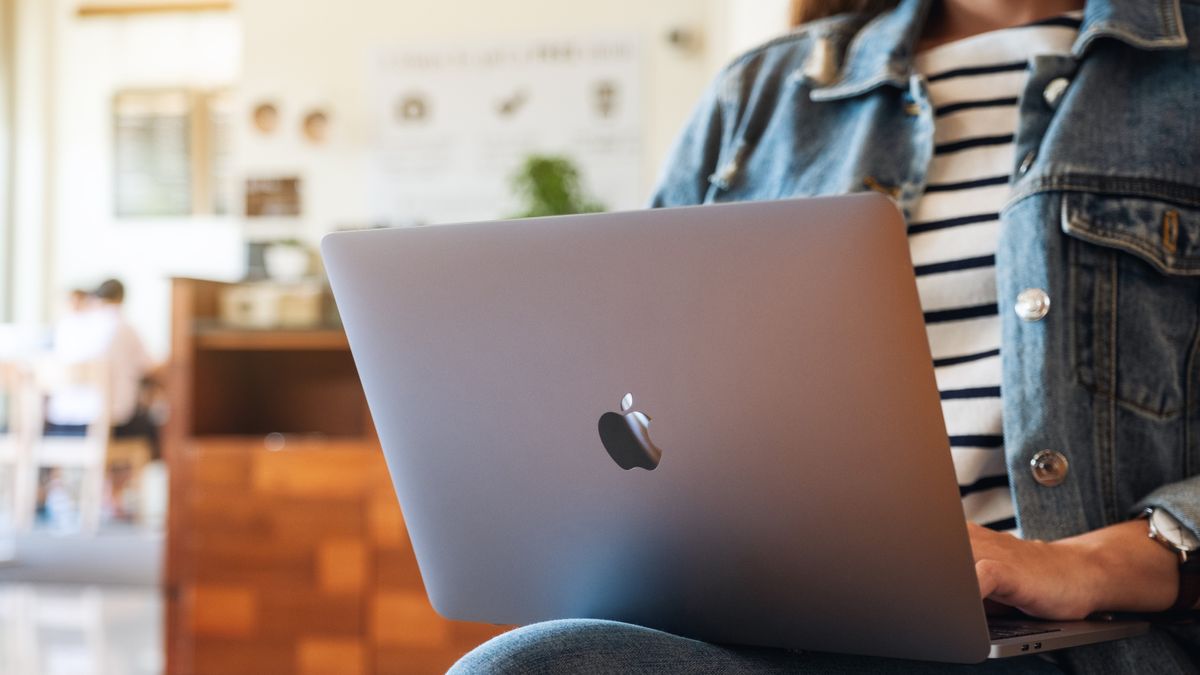Smart home week
This article is part of TechRadar's Smart Home Week 2024, where we bring you the latest news, tips and tricks to help you create the smart home of your dreams.
The dream of the smart home is a concert of home devices like the The best smart lightssmart TVs and smart speakers with voice assistants that work together seamlessly to improve every aspect of your life, from comfort to well-being.
It is well-being that we are going to focus on now. While the best sleep trackers Often worn on the wrist, or even the finger, like the Oura Ring Generation 3, you can also track the quality and duration of your sleep with a smart home hub, as long as it's the Google Nest Hub (2nd generation) you possess. That's because it has capabilities that few other smart home hubs have: Even Amazon's best Alexa speaker and Apple's HomePod speakers can't track your sleep this way.
Google Nest Hub (2nd generation) has Motion Sense feature, which uses low-power radar technology to detect movement in front of the hub. While this has a multitude of uses, it has also allowed Google to implement a “Sleep Sense” tool. Once Motion Sense registers that you're sleeping, it can track your sleep and breathing information, recording your movements in bed and the rises and falls of your breathing, plus its microphones will pick up noises like coughing or snoring.
Don't panic: he doesn't watch you while you sleep with a camera. In a post about the feature, Google says “Your Nest Hub (2nd generation) uses Motion Sense low-power radar to detect movement and breathing. “No distinguishable images of your body or face are generated or used for sleep detection with Motion Sense.” Radar technology is a motion detection tool, not a camera to capture room details.
Google can use the information radar collects to record details about your sleep. Fitbit Premium. From there, Fitbit can offer personalized sleep advice based on your sleeping habits, created “in partnership with the American Academy of Sleep Medicine” to offer advice on how to regulate your behavior. The sleep data it collects can also contribute to your daily readiness score in the Fitbit app.
How to enable Sleep Sense on your Nest Hub (2nd generation)
- Open the Google Home app, select Devices, and press and hold the Nest Hub device you want to use.
- Tap Settings, Gonna sleep sensor > Setting sleep sensor.
- Tap Set a bedtime. This will allow you to establish your regular bedtime routine. Most smartwatches have this functionality: they switch to sleep focus mode or prompt you to relax 30 minutes early.
- Tap Settings and change Sense of movement to In, if it is not already on.
- To finish the setup, calibrate your sleeping location. Tap sleep sensor and hit Calibrate device.
While the feature is currently in preview and available to all Google Nest Hub (2nd generation) owners, it will become part of Fitbit Premium in the near future, requiring a $9.99/£7 subscription. .99 / AU$15.49 per month. The downside to using the Sleep Sensing tool is that it only works if there is a person in the room. If you sleep next to your partner, you're out of luck, as the Sleep Sensing tool will also record their movements. Even pets will trigger it.
You'll need one of the best fitness trackers or smartwatches to track your metrics, and only your metrics, if you're in the room with other people. If you're determined to stay within the Google ecosystem, keep an eye out for discounts on the Google Pixel Watch 2 or Fitbit in the upcoming Amazon Prime Day sales.

